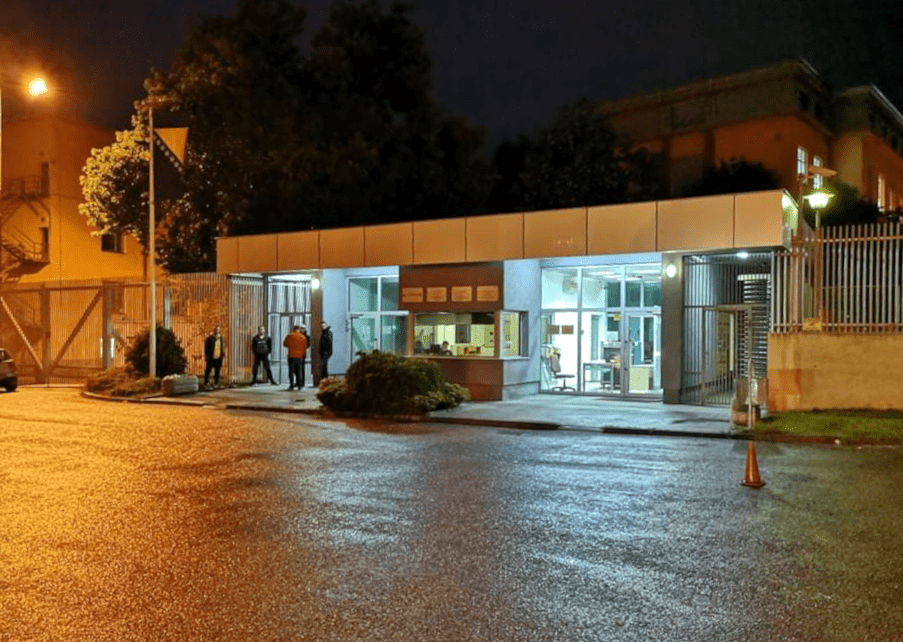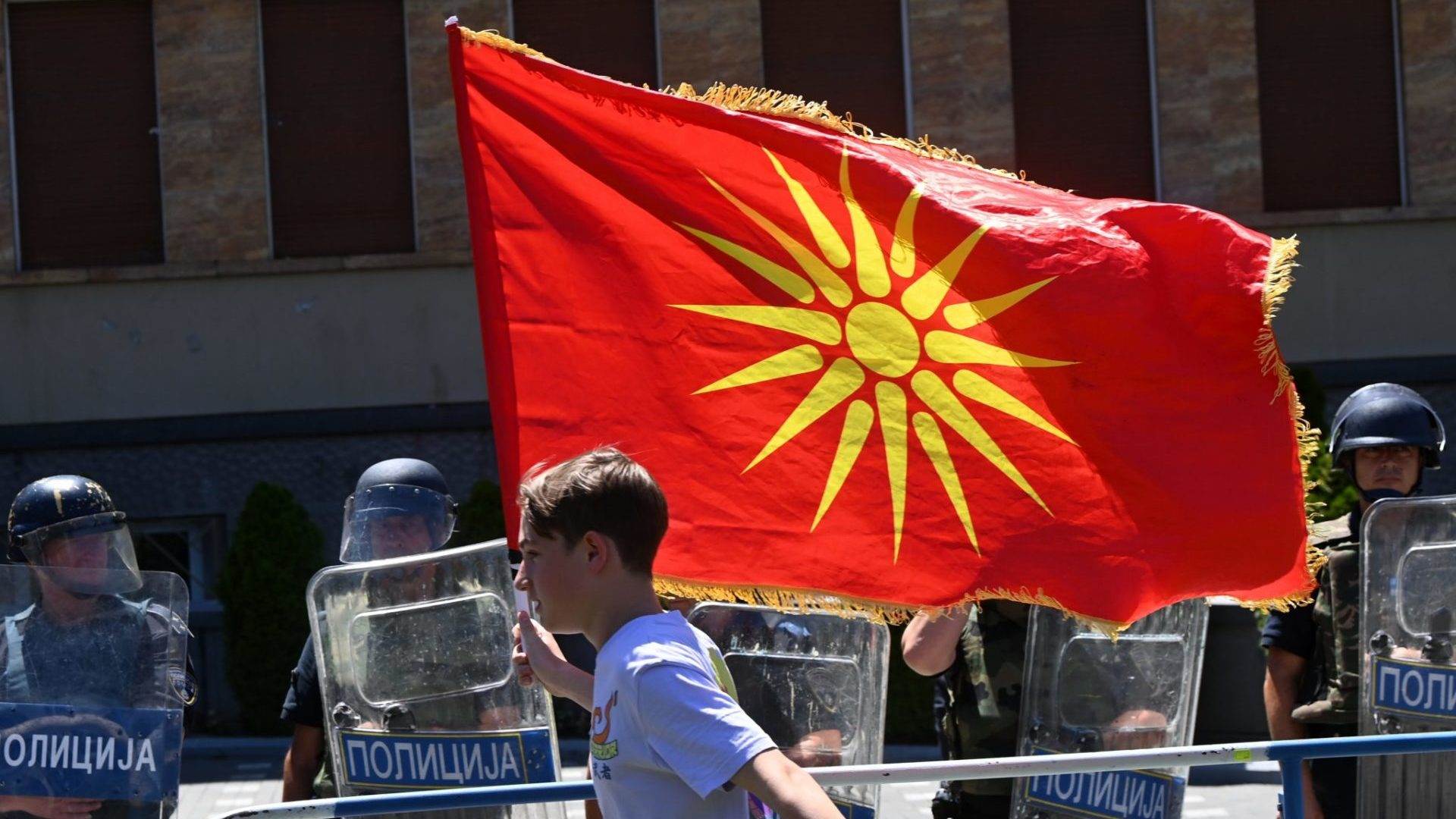This post is also available in: Bosnian
The impact of Yugoslav general Momcilo Perisic’s acquittal illustrates the insurmountable distance between the Hague Tribunal and people in the Balkans, who must take responsibility for dealing with their past.
After the International Criminal Tribunal for the Former Yugoslavia (ICTY) issued its appeal judgment of acquittal in the case against Momcilo Perisic last week, I received the usual flurry of questions about how the decision was going to affect reconciliation in the ‘region’. I must admit to being utterly tired of this question. What reconciliation? I felt compelled to quote Bosnian Serb President Milorad Dodik on Markale or Serbian President Tomislav Nikolic on Srebrenica as a response, and ask a counter-question: “Is this the process of reconciliation you’re referring to?”
The Perisic verdict marks the time to pose a far more serious question than the redundant dilemma about the ICTY and reconciliation: has the Tribunal fulfilled its broader mandate of “contributing to a restoration and maintenance of peace”? I am not ready to offer a definitive judgment on this, as I am not certain about the methods of measuring such a contribution, but I have significant doubts that the ICTY ever had the tools, or the full commitment, to do so.
In describing the Tribunal’s mandate, its first president, late Antonio Cassese, wrote in its first annual report to the UN Security Council: “The role of the Tribunal cannot be overemphasised. Far from being a vehicle for revenge, it is a tool for promoting reconciliation and restoring true peace. If responsibility for the appalling crimes perpetrated in the former Yugoslavia is not attributed to individuals, then whole ethnic and religious groups will be held accountable for these crimes and branded as criminal… The history of the region clearly shows that clinging to feelings of ‘collective responsibility’ easily degenerates into resentment, hatred and frustration and inevitably leads to further violence and new crimes.”
However, neither Cassese nor any of his successors ever clearly outlined how was this court to do so other than by conducting lengthy, complicated trials in an insulated legal bubble, completely removed from the realities of a region ravaged by vicious fratricide, with most of the underlying causes of violence left unaddressed and without anything resembling a comprehensive transitional justice framework.
Tribunal’s ‘ivory tower syndrome’
The ICTY has never truly made a commitment to the people of the former Yugoslavia to chart the course to fulfilling this broader mandate, because, simply, it has never seen them as its primary constituency. Instead, to the vast majority of judges and lawyers who shaped its development and jurisprudence, they remained merely the objects of Tribunal’s cases, while the only people they saw themselves accountable to were the policymakers in New York, Washington, Berlin and other key capitals.
While they led courtroom battles aimed at refining international law, thousands of kilometres from the dreary Hague, in Bosnia and Herzegovina, Serbia, Croatia, Kosovo, and Macedonia, poisonous storms raged in the public discourse about the implications of their work.
Eager to stay out of ‘politics’ and to ‘let judgments speak for themselves’, the Tribunal’s decision-makers never saw the need to properly report to their true constituents on critical questions being raised in Sarajevo, Zagreb, Belgrade: Why were certain people indicted and others not? What was the philosophy of Tribunal’s so-called sentencing policy? How was it possible to quash 1,300-page trial judgments with several pages of an appeal judgment? Why were defendants allowed to get rich by splitting Tribunal-provided fees with their lawyers? The list of such unanswered questions (often posed even by ‘friends of the Tribunal’ in the Balkans) is inexcusably long.
The recent appeal judgments in Gotovina and Perisic cases beacon as examples of this ‘ivory tower syndrome’. They both include seemingly technical but significant shifts in Tribunal’s jurisprudence. The reasoning of their legal logic can be traced only by those most determined to mine for the elusive meaning in the footnotes, and willing to make a leap of faith to ignore what appear to be obvious political motives. Many in the international justice community were left baffled by the new, reductionist legal criteria applied in the two verdicts, which ran counter to many of the Tribunal’s previous findings.
At the same time, these judgments had tectonic reverberations in the region, with real and destructive implications on the ‘process of reconciliation’. And while the resulting virulent debates about ‘victorious nations and just causes’, ‘historic injustices’, ‘political conspiracies and trade-offs’ rage on between Serbs, Croats and Bosnians as they try to make sense of these verdicts, one voice remains thunderously silent: that of the ICTY.
‘Outreach’ as a substitute for credibility
This is not an exception but a rule: the Tribunal’s judges have been and will always be more interested in what international law journals have to say about their judgments than the people to whose lasting peace they are supposed to be contributing. At best, they’d prefer to leave it to the Tribunal’s outreach program to ‘sell’ their decisions to the affected communities.
However, outreach cannot compensate for the unwillingness to consider how judges’ work impacts Tribunal’s ability to fulfill its broader mandate. Especially outreach as understood by the ICTY’s principals: a loose mix of public relations, decontextualised dissemination of information and endless series of conferences.
And this for one simple reason: everything a court with such a mandate does is in fact outreach, whether active or passive. Decisions on indictments, convictions, acquittals, witness support and protection, the behaviour of investigators and field staff, public statements and their absence, stunts that judges let defendants, lawyers and prosecutors get away with in the courtroom, the length of trials, the way all tribunal staff, from judges to security guards, conduct themselves at work and outside it, and even administrative edicts – everything plays a role in how Tribunal’s work is perceived.
No amount of ‘outreach’ will ever be able to improve the Tribunal’s image in the eyes of Srebrenica mothers after the decision of the Office of the Prosecutor to destroy artifacts exhumed together with the bodies of their loved ones. No number of conferences about the Tribunal’s legacy will be able to explain to Bosnians why its judges have kept transcripts of Yugoslavia’s Supreme Defense Council confidential. No information sheet posted on Tribunal’s website will ever be able to justify Drazen Erdemovic getting five years after admitting to the killing of at least 75 people. No public relations effort can help ‘sell’ the Gotovina and Perisic judgments in Serbia and Bosnia and Herzegovina.
Just another UN body
In response to the Perisic judgment, Eric Gordy has written how “the emerging third generation of ICTY jurisprudence will have profound implications for the legacy of the Tribunal. By revaluing earlier assessments that were made regarding the legitimacy of the war aims, it calls into question the theory behind the prosecution in the ongoing cases against Radovan Karadzic and Ratko Mladic.”
Indeed, as Karadzic and Mladic trials unfold amid a waning public interest in the region, it seems as if they were dealing with things that happened to somebody else. After Gotovina and Perisic, no outcome has the capacity to surprise.
And all this unfolds in the reality where most war criminals convicted by the ICTY have already been released and largely rehabilitated, their deeds celebrated as acts of heroism, and their ideologies vindicated as nation-building martyrdom. For those working to bring about a reckoning with the past, it has become increasingly difficult to look to the Tribunal for hope.
I still concur with Mirko Klarin, who once said that the ICTY was the best thing that happened to the people of the former Yugoslavia since 1991. But in a sobering realisation, I have come to accept that ICTY is, unfortunately, not our court, but just another UN body. Its mandate of contributing to a lasting peace in the region is seen through a very different lens from ours by those who shape its course and decisions.
For better or worse, the lasting peace is not up to the ICTY: it is up to us, and it has always been. We must face what we did to each other, deal with it courageously and comprehensively, and bring justice to the victims. The Gotovina and Perisic judgments have made that crystal clear: the ICTY will not do it for us; our own institutions must get to the truth and punish the perpetrators. Now more than ever we must insist that state institutions here take responsibility for dealing with the past.
And in doing this, we will have to look for the ICTY’s legacy beyond its trials. We will have to see its work through, thankful for the good things it has done and hoping it will not irreparably undermine its credibility. Then we’ll have to sift through its record for pieces of truth that can help us as we continue to struggle for a common narrative about the traumatic past. But this will have to be done with cold, objective, and comprehensive acceptance of the distance between the ICTY and us, the people it was supposed to serve. We simply aren’t, and possibly never have been, its primary constituents.
Refik Hodzic is a justice activist from Prijedor and a former ICTY spokesman.



